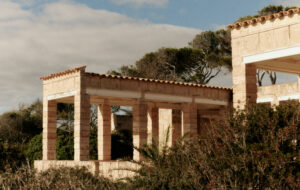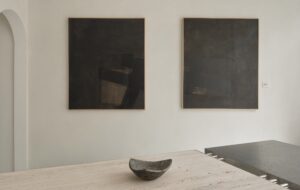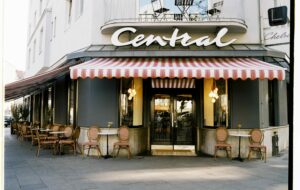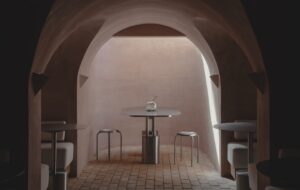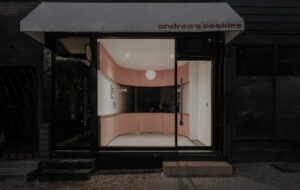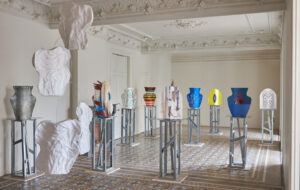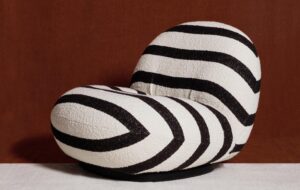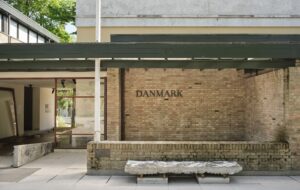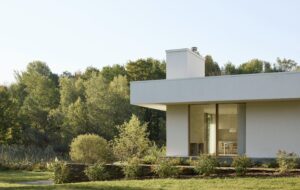Conceived by local architects Cobe, Copenhagen’s recently opened Opera Park is a magical display of trees, shrubs and plants from all over the world, taking visitors on an unexpected journey of discovery
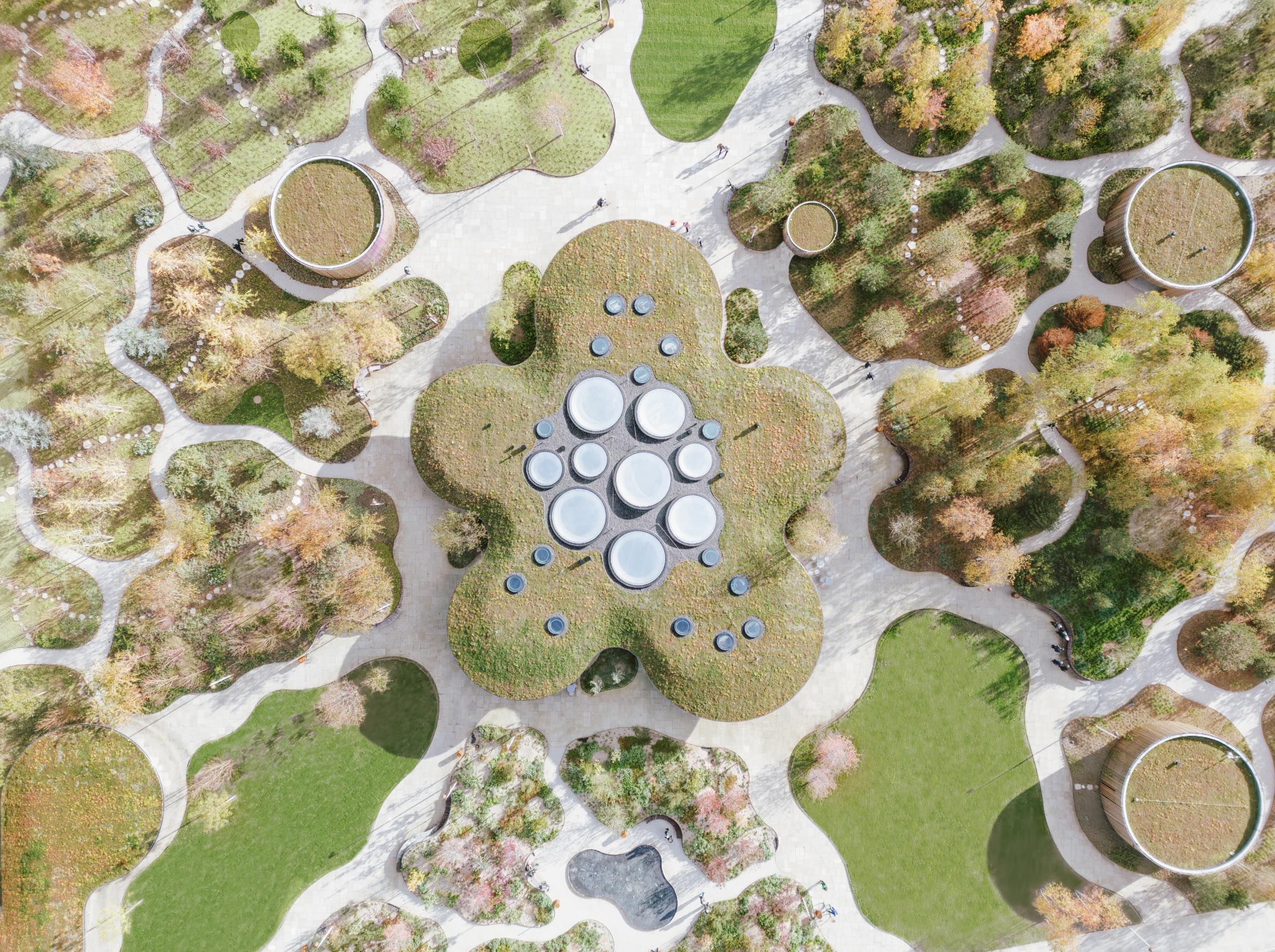 Photography by Francisco Tirado
Photography by Francisco Tirado
Words by Roddy Clarke
Following a design competition held in 2019 by the AP Møller Foundation, Copenhagen architect Cobe was appointed to transform a former industrial island located within the city’s inner harbour alongside the Copenhagen Opera House. The brief was to accommodate 300 car parking spaces while creating a connecting walkway, taking visitors directly into the foyer of the venue.
The result is the recently opened Opera Park, an international garden that lies above an underground parking lot, providing a welcome injection of biodiversity to the urban neighbourhood. Connecting the venue with the parking lot is a sculptural curved glass walkway that allows visitors to admire the delightful scenery en route.
‘The initial vision was to connect the car park with the Opera House foyer below the water, but that proved to be too risky and cost heavy,’ explains Alexander Ejsing, the Cobe architect leading the project. ‘That’s where the ground connection to the Opera House came about. Now, looking back on the project, why would you walk through a tunnel underground when you can walk through the park and have a fantastic view of the city and its skyline on your way into the building?’
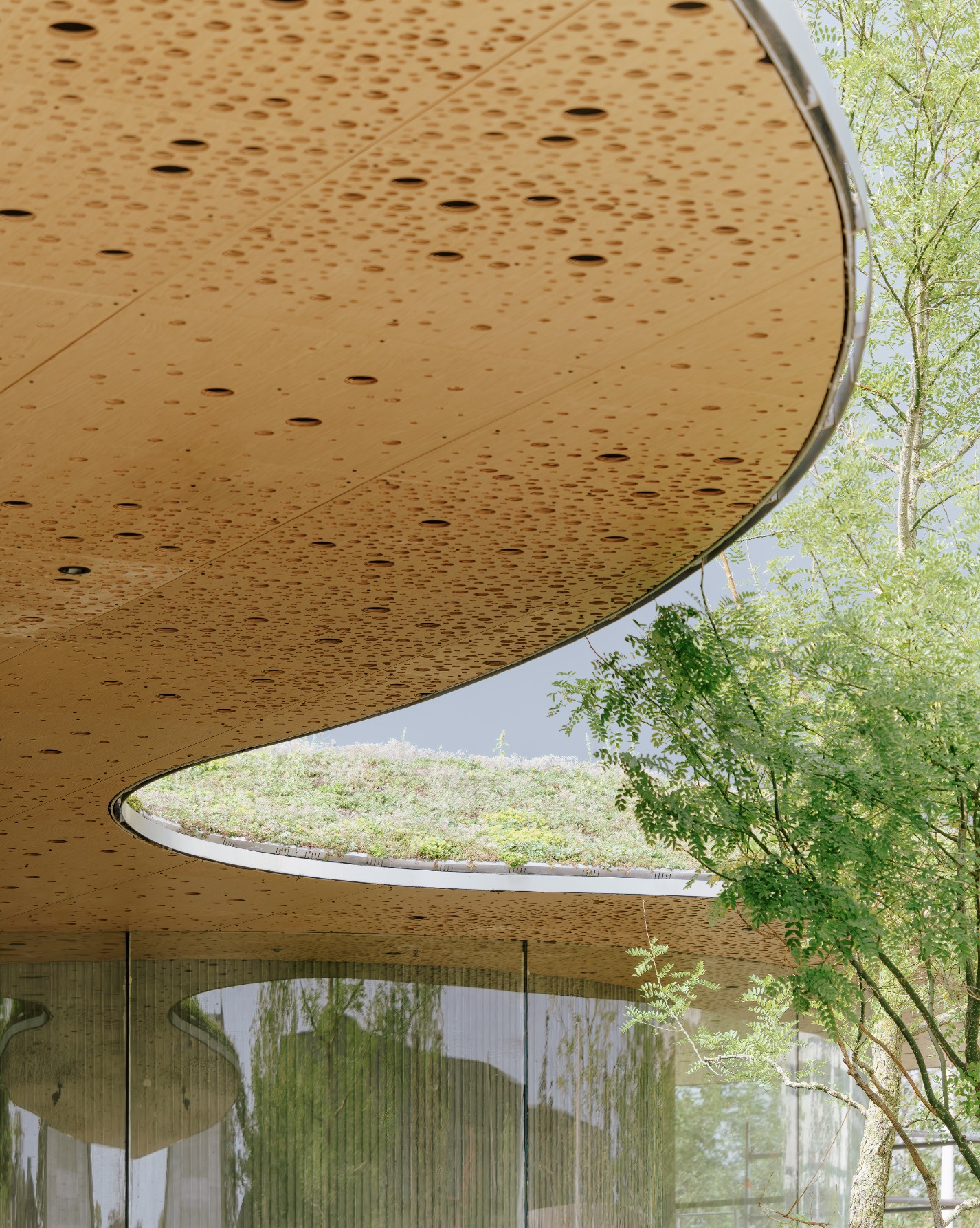 Photography by Francisco Tirado
Photography by Francisco Tirado
Ejsing says that when first arriving at the site, it was initially difficult to draw up a vision for the abandoned area that he describes as a green lawn lying in the shadows of the neighbouring Opera House. ‘It wasn’t until we started investigating the history of the site and that’s where our inspiration began,’ he reveals. The site itself was an active trade hub in the middle of the 18th century, which ships from all over the world would use as a gateway to Europe, delivering an array of cargo. ‘You could almost argue that this spot is the most international spot in Denmark, or even Europe,’ he laughs.
With this international connection igniting a spark within the minds of the Cobe team, the creation of an international garden featuring 223 different species of trees, plants and shrubs began. ‘We were inspired by traditional English gardens and the idea of a classic and romantic merging of international species that are often seen within them,’ Ejsing continues. ‘We have reinvented this traditional approach in a modern way.’
The six different gardens that make up the park contain more than 600 trees and 80,000 herbaceous perennials, with areas inspired by locations such as Japan and parts of North America. However, while mirroring the global diversity of the audiences that come to watch the opera itself, the park’s organic construction was no easy feat.
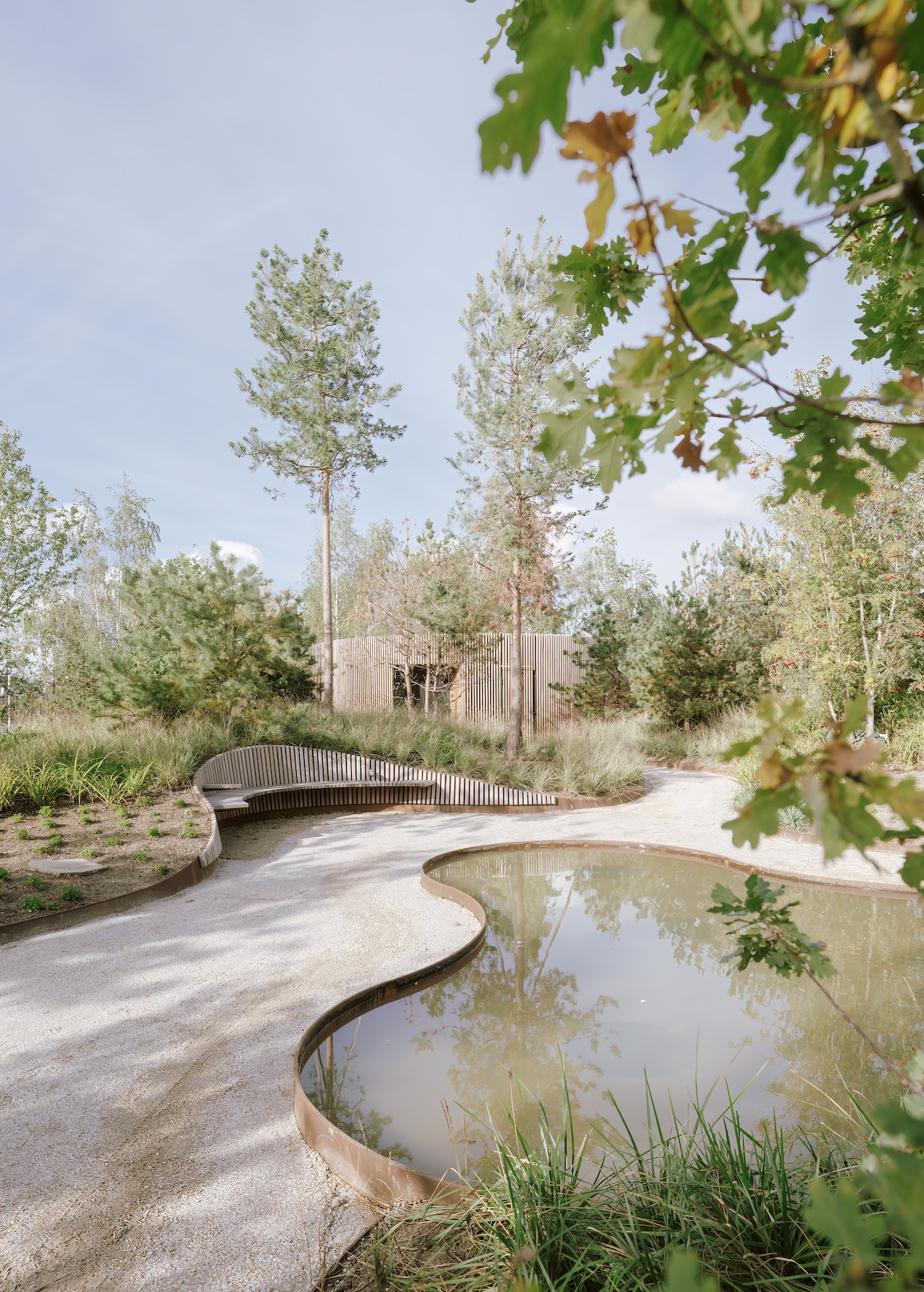 Photography by Francisco Tirado
Photography by Francisco Tirado
‘When you decide to build a project with no straight lines at all, it’s to the death and destruction of all other people involved in the project after you,’ Ejsing jokes. ‘It was, however, a feature we saw within other classic international gardens, and it results in a fairytale park where you never know what lies around the next corner.’
Thanks to the extensive variety of species, the park’s appearance is an ever-changing feast for the eyes. From tonal shades of green in the summer to vibrant reds and yellows in the autumn and on to magical frozen ponds in the shadows of the evergreen pine trees throughout winter, the diverse landscape is a visual fantasy. It also provides a nourishing home for the birds and insects that now inhabit it.
And, adding to the organic beauty of the park’s rolling topography and its multiple layers, the notion of finding an escape from the surrounding urban neighbourhood becomes a reality as you are transported to lands far and wide. ‘For instance, when you walk into the Oriental Garden,’ Ejsing explains, ‘you’re suddenly immersed within cherry trees transporting you to a place near Mount Fuji.’
Within each location lies a secret, he goes on to say. From hidden art installations to the sunken greenhouse that lies within the centre of the park, it seems the location is full of unique surprises – much like the shows that grace the opera stage. The immersive journey of discovery as you wander through the undulating paths and layered composition of woodland also seems to allude to the tiered seating found within a theatre’s auditorium – another subtle yet enchanting connection.
Get a curated collection of design and architecture news in your inbox by signing up to our ICON Weekly newsletter

